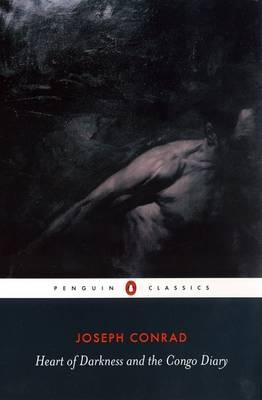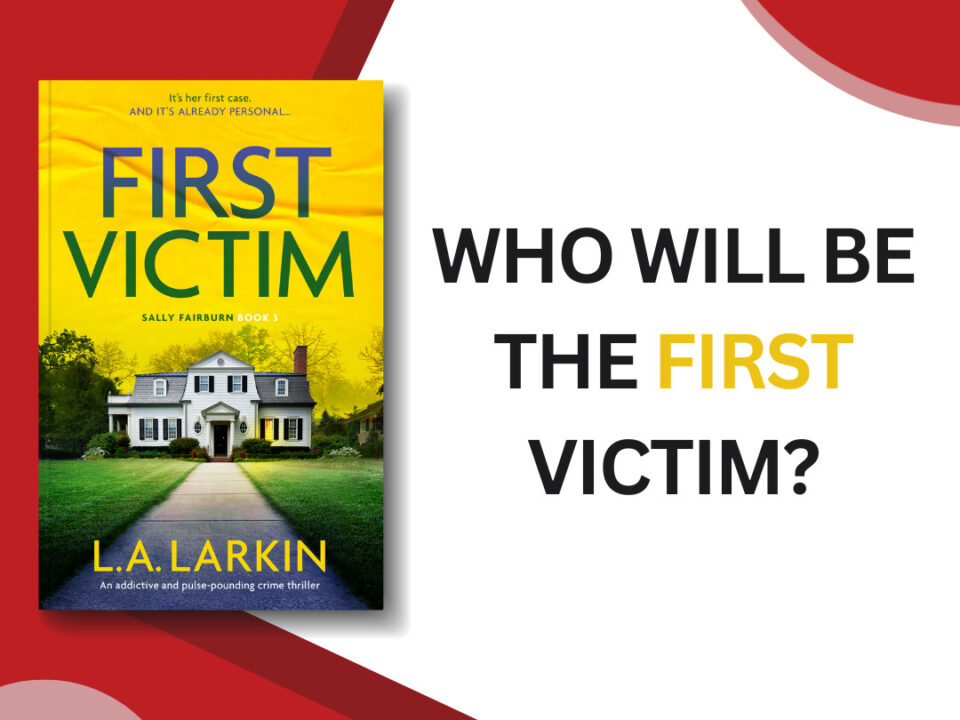 This article on Capturing Mood appeared in WQ Magazine’s August 2013 edition.
This article on Capturing Mood appeared in WQ Magazine’s August 2013 edition.
‘My task, which I am trying to achieve, is by the power of the written word, to make you hear, to make you feel – it is, above all, to make you see.’ Joseph Conrad.
At writers’ festivals, I am often asked about creating mood in fiction. Mood is what the reader feels when he or she reads a story. It’s an emotional response to a scene. Communicating mood is important whatever your genre. But how does an author achieve it?
Let me home in on my genre – thrillers. Thriller heroes (or heroines) are, as Dean Koontz says, characters in ‘terrible trouble’. The hero must battle an adversary and risk his or her life to stop something terrible. Readers expect high stakes, plot twists and a rewarding, dramatic climax. More often than not, good conquers evil, and the world is righted back on its axis again, even if that world may have changed.
Good thrillers are a roller-coaster ride of emotions for the reader. Moods change quickly. As James Patterson says:
‘What gives the variety of thrillers a common ground is the intensity of emotions they create, particularly those of apprehension and exhilaration, of excitement and breathlessness, all designed to generate that all-important thrill. By definition, if a thriller doesn’t thrill, it’s not doing its job.’
An ability to create mood is the ability to take the reader inside the story. I want my readers to identify with the central character and empathise with what he or she is experiencing. Ideally, I want the reader to actually feel what the hero feels. I know readers who actually break out in a sweat when their book hero is being chased by a killer!
The mood created must be credible. Because readers can relate to it, they are moved by it. I introduce the heroine of The Genesis Flaw, Serena Swift, with:
‘Turning off the ignition, she knew she was too late. In the dwindling light, the whitewashed weatherboard farmhouse resembled a sepia photograph.’
Her father has just died. The sombre mood is evoked not only by her brother, waiting patiently to break the terrible news, but by her surroundings:
‘Her bloodshot eyes squinted as the last of the sun’s tendrils released their grip on Swift Farm, her family home. The people on the verandah disappeared into darkness. The century old pear trees, heavy with ripening fruit, resembled blackened, gnarled fingers scratching at the corrugated iron roof. As long as she could remember colourful parrots had heralded the end of each day with their raucous squawking. But even their cries were muted.’
Later in this chapter we see, through dialogue and action, that Serena’s emotions shift from shock to sorrow to anger, and I hope the reader feels this too. This scene is important as it establishes why Serena will risk everything she holds dear to prove a biotech company is responsible for her father’s death.
Mood is a constant companion throughout a story – it is not just a dramatic device, to be switched on as necessary. Even in thrillers there are moments of respite from action, moments when the central character can relax, even if it is the calm before the storm. It allows time for characters to reveal themselves and learn about each other. In contrast to The Genesis Flaw, in Thirst we first meet the hero, Luke Searle, relaxed and happy and doing what he does best – in Antarctica, dangling from a rope in a crevasse, chipping away at ancient ice. The light-hearted mood of this scene is important because his world is about to be shattered. Shortly afterwards, Luke is on a search-and-rescue mission to find two lost colleagues, unaware they have been murdered. The reader has witnessed the killing. This tension between what Luke knows, and what the reader knows, creates a sense of foreboding, further reinforced by a dangerous blizzard that threatens the rescue mission:
‘As the wind grew stronger, tiny particles of ice were whipped up into the air; it was like entering a cloud of shrapnel. Luke could no longer see the sky.’
When using the environment to create mood, I need to transport the reader to a particular place. To do this I have to build the bricks of detail: evoke the senses – how it sounds, smells, what it feels like, even tastes like, not just what it looks like. And to do this effectively, it helps to really know the place. It’s the age old idiom – write what you know. Or, do your research. That’s why I went to Antarctica so I could experience some of what Luke Searle will experience in Thirst (minus the murder and mayhem, of course). As he is pursued by killers, his small boat is trapped by hardening sea ice – a symbol of his peril and isolation.
The mood of one scene can differ from the next, but as a thriller approaches the story climax, the intensity levels must rise. A sense of unease will have morphed into a much stronger emotion, such as heart-thumping terror, by the climax. There’s no time for light-hearted banter. It’s life or death. The pace speeds up, characters’ actions become more desperate, and dialogue is short and punchy. All this serves to reinforce mood.
If an author fails to evoke an emotional response from the reader, then the reader may not continue reading. Why should they, if they don’t care? But throwing a bit of purple prose into the story to liven things up, is not the answer. Purple prose is extravagant and often flowery language, and it is generally out of place. For me, the mood has to be in proportion to the event or action. Describing a raging storm outside, because a character has cut her finger with a kitchen knife, is ridiculous – unless, perhaps, we know there is a killer hidden in the house. Then the ominous storm may be justified. Excessive details, and a tapeworm of adjectives that seem to go on for ever, can actually kill the mood. This is because the author’s language has become obtrusive and is distracting from the plot.
If I am ever unsure that I have created the right mood, I read the scene out loud. I’ll hear when it is wrong. I’ll know if I need to pull it back, dial it up a notch, or even re-write.
I think one of the best examples of exceptionally well-written mood is in Joseph Conrad’s Heart of Darkness. The jungle is a brooding presence that becomes increasingly threatening the closer Marlow gets to finding Kurtz. The jungle is almost a living, breathing character.
In my opinion, mood is certainly at the heart of a good thriller, as it is in most fiction. In the best thrillers, you’re taken on an emotional roller-coater. You live that character’s journey. As crime fiction author, Mark Billingham, said recently in The Independent: ‘I want readers to be scared, I want them to be moved.’
In my opinion, the best thrillers should have three key, well-crafted elements: plot, characterisation and mood.
• Plot is how readers get caught up in the ‘Will he or won’t he save the day?’ question,
• Characterisation is how credible and interesting the characters are,
• But without mood, the reader doesn’t live the story. It is limp and unengaging. It lacks that necessary emotional connection.
So, imagine that writing a novel is like building a body. I see the plot as the skeleton; characterisation as the meat on the bones; and mood as the blood pumping through the body. It’s the blood that brings the story to life.
If you would like to know more about thriller writing and mood, I am running a one day workshop for the QWC on Sunday 13 October 2013.
Event Title: Thrill and Kill
Event Type: Thriller writing workshop
Date: Sunday 13 October
Time: 10.30am – 4.30pm
Location: QWC, Level 2, State Library of Queensland, South Brisbane.




